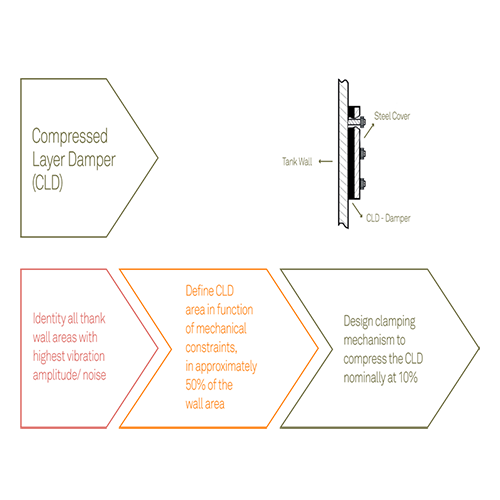20 c material.
Vibration damping material properties.
Static properties of materials under standard conditions approx.
Vibration damping material is used to reduce or eliminate noise in industrial electronic structural and ergonomic applications caused by resonance and vibration.
Dampening is a process whereby mechanical energy is converted to thermal energy.
Vibration dampening with ekoa ekoa has outstanding damping properties for an engineering material with a unique stiffness damping combination.
The data in tables 1 and 2 is taken from reference 1.
Accurate over a frequency range of 50 to 5000 hz and over the useful temperature range of the material this method is useful in testing materials that have application in structural vibration building acoustics and the control of audible noise.
Sorbothane is a great solution for most any application and our visco elastic polymer has been used in everything from small gadgets protective footwear the u s.
Materials or systems under cyclic stress have a damping ability which is an energy dissipation property.
The energy that is dissipated is used to measure the material damping level.
Determine if its damping properties work simultaneously across multiple types of energy or across a wide range of frequencies.
The loss factor η and young s modulus e or the shear modulus g.
Airforce memorial the space shuttle and beyond.
1 1 this test method measures the vibration damping properties of materials.
With 20 30 higher specific stiffness than fiberglass ekoa composites exhibit three times higher damping than carbon and fiberglass.

